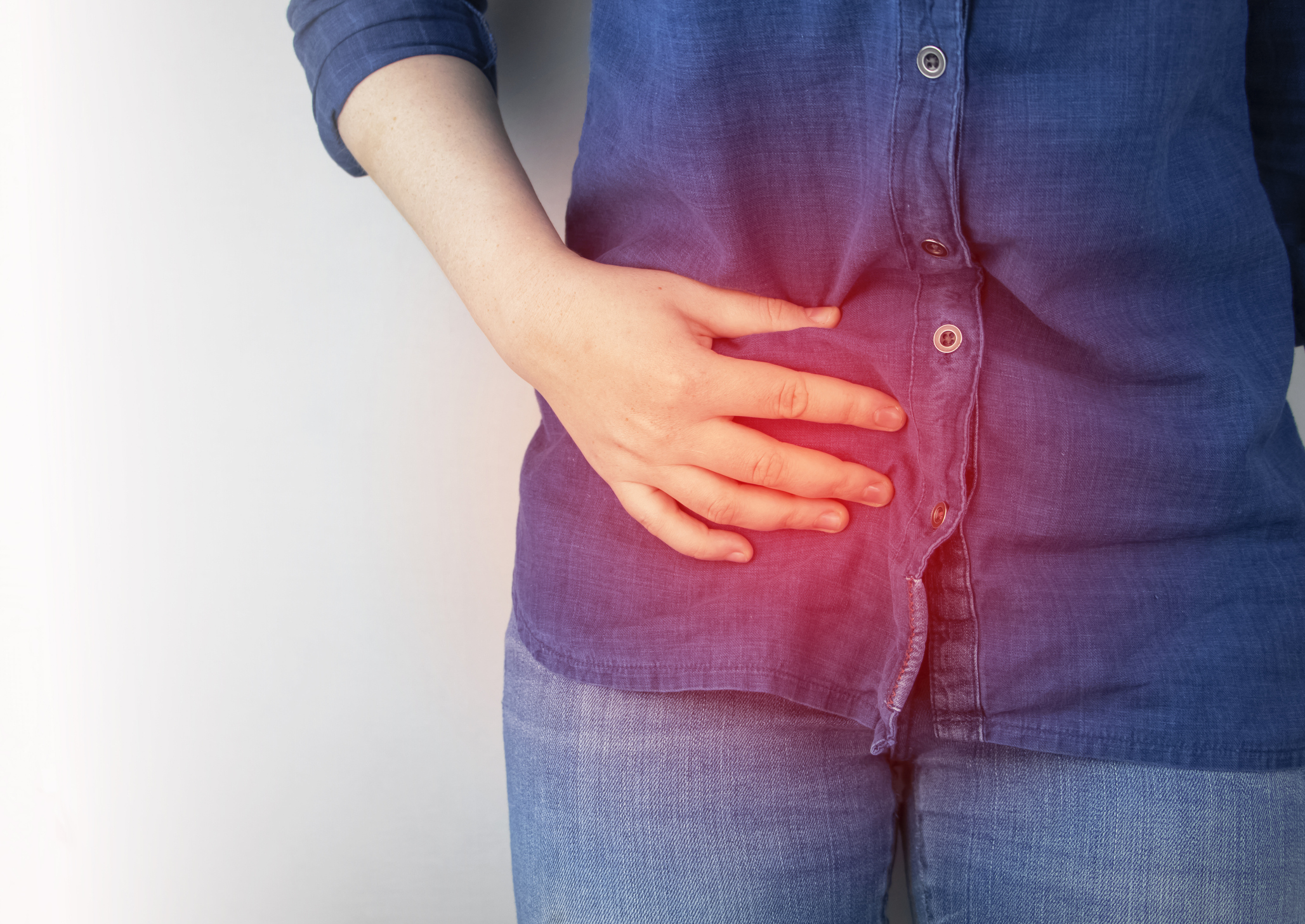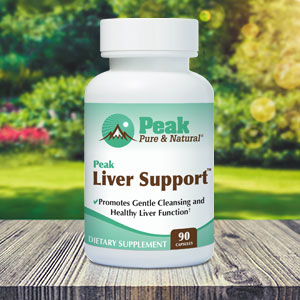Get Easy Health Digest™ in your inbox and don’t miss a thing when you subscribe today. Plus, get the free bonus report, Mother Nature’s Tips, Tricks and Remedies for Cholesterol, Blood Pressure & Blood Sugar as my way of saying welcome to the community!
One ‘must-have’ for a healthy liver and healthy living

Non-alcoholic fatty liver disease (NAFLD) is the most common liver disorder, affecting as much as 25 percent of the world’s population. NAFLD occurs when there’s a buildup of extra fat in the liver cells that’s not caused by alcohol, and it can lead to inflammation, cirrhosis and liver failure.
It’s normal for the liver to contain some fat. But when more than 5 to 10 percent of the liver’s weight is made up of fat, it’s considered to be a fatty liver, also termed steatosis. The more severe form of NAFLD is known as nonalcoholic steatohepatitis (NASH), a condition that causes swelling and damage to the liver.
Usually, when someone has NAFLD, the recommended treatment is simply to lose weight, since obesity is one of the main causes. A loss of about 10 percent of your body weight can reverse the condition, and even a weight loss of 3 to 5 percent can improve your liver health.
Exercise is a tried-and-true component of any serious weight-loss program. And in the case of NAFLD, which is often connected with a sedentary lifestyle, researchers are finding exercise may provide benefits beyond the expected drop in weight…
Exercise leads to liver health
Researchers at the University of Tsukuba have discovered when it comes to NAFLD, an exercise regimen has benefits to the liver unrelated to weight loss.
The study compared data from obese Japanese men with NAFLD on a three-month exercise plan with those on dietary restriction targeting weight loss. Researchers kept track of a number of measurements, including liver parameters, decrease in fat tissue, increase in muscle strength and reductions in inflammation and oxidative stress.
Results found exercise preserved muscle mass better than dietary restriction, though those in the exercise group showed a modest decrease in body and fat mass. Still, an ultrasound revealed the exercise regimen lowered liver steatosis by 9.5 percent, liver stiffness by 6.8 percent and a measure of liver fibrosis by a whopping 16.4 percent over the weight-loss plan.
On top of that, the exercise plan changed circulating concentrations of specific organokines, molecules that regulate bodily functions like inflammation, oxidative stress, glucose and lipid metabolism, fat distribution and endothelial function, by activating an oxidative stress sensor. Exercise also enhanced the protective capacity of Kupffer cells, which help maintain liver function.
“Our research shows how exercise prevents liver steatosis and fibrosis in NAFLD and clarifies that this benefit is compounded by preservation of muscle mass and is independent of weight changes,” says senior author Professor Junichi Shoda of the University of Tsukuba. “Patients on exercise regimens may become demotivated and drop out if they do not experience significant weight loss. Therefore, moderate to vigorous-intensity exercise should be integrated in all NAFLD therapeutic regimens, and patients at risk for NASH should be encouraged to persevere with moderate to high-intensity exercise regardless of whether or not they lose weight.”
Which types of exercise to choose
Each session had the participants perform fast walking and/or light jogging at a progressively increased intensity. The trainers evaluated each participant in an initial training session to determine their daily condition and fitness goals and recommended the most appropriate amount and intensity of exercise. The trainers also asked the participants to exercise as much as they could outside their scheduled aerobic sessions.
Now, for most of us, it may be difficult to do 90 minutes of exercise at one time, let alone three times a week. But, as we’ve discussed in earlier issues, there are ways to incorporate shorter bursts of exercise into your daily routine.
Since moderate to vigorous-intensity exercise seems to have the most impact on liver health, you’ll want to make sure whatever you’re doing gets your heart pumping. Try taking a brisk walk on your lunch break, or go climb some stairs if you have access to a staircase. And if you can, go for a quick run, light jog or bike ride either before or after work. Whatever exercise you decide to do and however long you’re able to do it, remember that it’s better for your health than doing nothing at all.
Editor’s note: Are you feeling unusually tired? You may think this is normal aging, but the problem could be your master hormone. When it’s not working, your risk of age-related diseases skyrockets. To reset what many call “the trigger for all disease” and live better, longer, click here to discover The Insulin Factor: How to Repair Your Body’s Master Controller and Conquer Chronic Disease!
Sources:
Exercise Promotes Healthy Living and a Healthy Liver — University of Tsukuba
Weight-loss-independent benefits of exercise on liver steatosis and stiffness in Japanese men with NAFLD — JHEP Reports
Nonalcoholic Fatty Liver Disease (NAFLD) — American Liver Foundation
How to Reverse Non-Alcoholic Fatty Liver Disease — WebMD
Chapter Six – Organokines in disease — Advances in Clinical Chemistry













